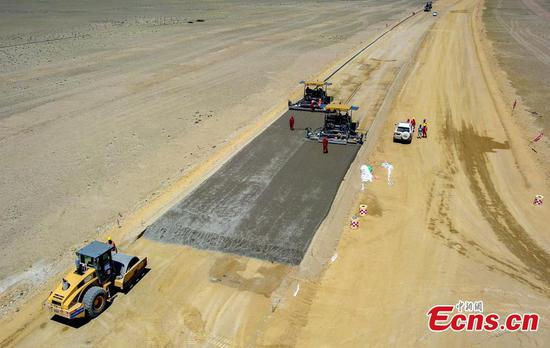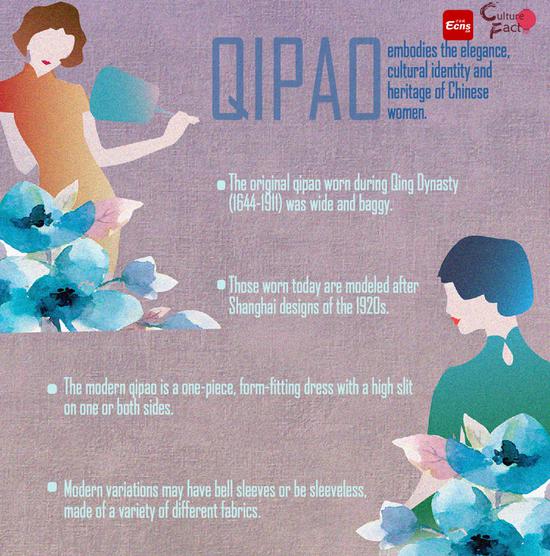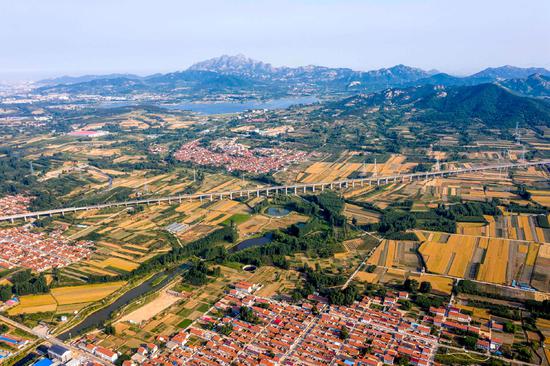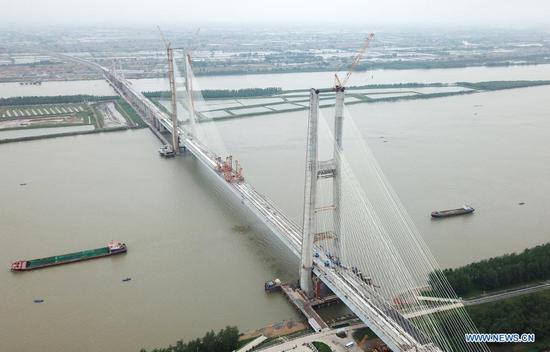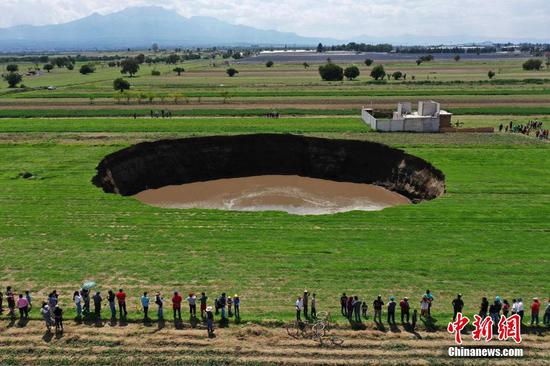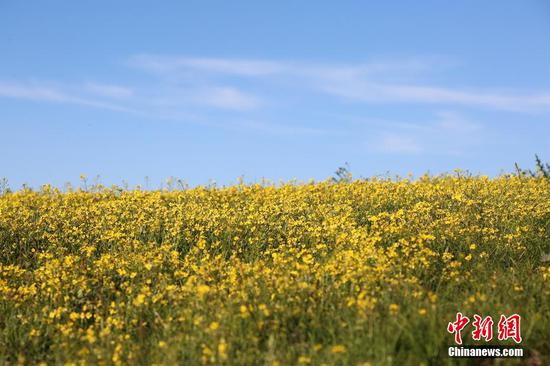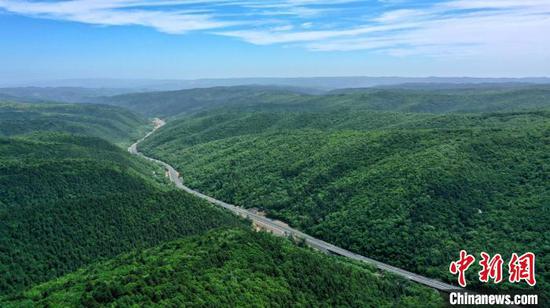
Fish are released into Taihu Lake on Tuesday in Huzhou, Zhejiang province, as part of efforts to replenish the various species living in the lake. Taihu, China's third-largest freshwater lake, is located in the southern part of the Yangtze River Delta. (Photo/China News Service)
China has made great progress in conserving and restoring the Yangtze River ecosystem following wide-ranging efforts to protect Asia's longest waterway, according to Ecology and Environment Minister Huang Runqiu.
In 2020, the water quality at all monitored sections of the Yangtze mainstream rated for the first time at or above Grade II in China's five-tier surface water assessment system, Huang said while delivering a report on Monday at the ongoing session of the Standing Committee of the 13th National People's Congress.
The achievement can be attributed to a series of measures that were adopted last year to curb the discharge of pollutants into the river.
Huang said 558 hazardous chemical plants in densely populated areas of the Yangtze River Economic Belt were either upgraded or relocated. All outdated chemical production facilities in areas within a kilometer of the Yangtze's trunk have been closed.
The economic belt covers nine of the 11 regions the Yangtze's mainstream flows through-Qinghai province and the Tibet autonomous region are the exceptions. It also includes Zhejiang and Guizhou provinces, which are home to tributaries of the Yangtze.
Aside from enhancing wastewater management in major industrial parks, the ministry has also beefed up management in the mining sector. Pollution control work has been completed in most tailing ponds in the basin, he said.
"Accelerated efforts have been made to address the problems in collecting and disposing of domestic wastewater," Huang noted. "All cities along the mainstream of the Yangtze are now covered by concentrated wastewater disposal facilities."
Around 24,000 sewage draining feeds that directly discharged into the basin in urban areas have been removed, he added.
Huang said authorities have essentially reduced the scale of illegal sand mining in the mainstream of the Yangtze with a campaign jointly launched by various government bodies.
Meanwhile, 2,431 projects that invaded the banks of the Yangtze were halted, which helped restore 158 kilometers of riverbank.
The Yangtze has seen a marked increase in the number of species and their population through a 10-year fishing moratorium imposed on the entire basin.
The basin's iconic species, such as the Yangtze finless porpoise, are now more frequently sighted, he said.
The moratorium started in 2017 in the Chishui River, a major tributary of the Yangtze in Southwest China, and was gradually extended. Since Jan 1, it covers all of the Yangtze's natural waterways.
Huang also underscored the great efforts China has made to implement the moratorium and crack down on illegal fishing.
To date, more than 110,000 fishing boats have been decommissioned along the Yangtze basin, and over 25 billion yuan ($3.9 billion) has been designated by central and local governments to helping the 228,000 people driven from the fishing industry by the moratorium, he said.
In addition to seizing unlicensed fishing boats and illegal fishing facilities, authorities mounted a campaign to halt illegal sales of aquatic products from the Yangtze, inspecting millions of businesses and online stores for such contraband, he said.
Also, he said, 26,600 online messages related to illegal trading were removed during the campaign.



















